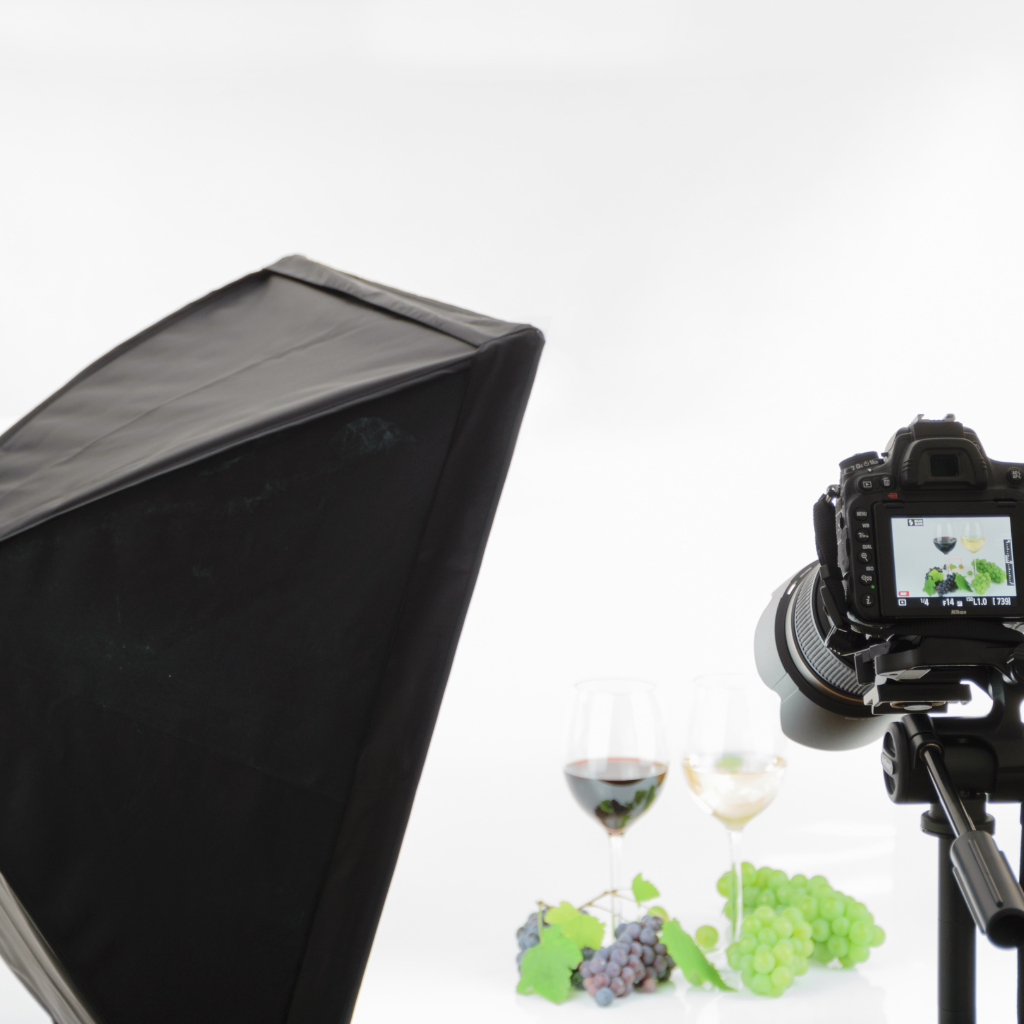What is Contrast and Photography?
by siteadmin

Contrast is an important aspect of photography. It helps you make your photos standout among the rest.
There are many styles of contrast available in photography. It all comes down to your style and how the subject is being presented. You might be drawn to one type of contrast more than another, or you might want to use all three.
Color
Contrasting colours can create a visual impact for photography. They make subjects stand out against the background and help you to focus your attention on a particular photo.
Color contrast can apply to landscape, portraits, motion, still life and still life photos. It can also help to emphasize the textures and create more ethereal photos.
A basic understanding and knowledge of color theory is required to create striking contrast. Studying the color wheel can help you understand how complementary as well as contrasting colors work together.
Tonal
Tonal contrast can help you create compelling images when shooting photos for storytelling. It can help to tell a story or evoke emotion.
Tonal contrast is a feature that can be modified in post-production. This can increase or decrease its impact. It is up to the photographer and the composition to determine what works.
High-contrast images employ a wide range o tones, from dark to bright. This is the key ingredient to a great image.
Composition
Composition is the arrangement or combination of elements in a framework that makes the image presentable and helps you focus the viewer’s attention on your subject. It is a crucial aspect of photography. You can learn and master it with practice.
There are many compositional techniques you can use to create better images. Some are mathematically based such as the rule or thirds. While others are more natural in nature, some of them are.
Frames can be used to add depth and drama in your images. These frames can be either man-made or nature-made. They can help you focus on your main subject or add to the interest of the entire frame.
There are no hard and fast rules when it comes composition. However there are some general guidelines you can use to improve your photography. These include the rule, negative space, and the lead lines.
Light
Lighting is an important factor in photography. It can have an impact on everything from your exposure, shutter settings, to your color choices, and even post processing options.
You can use it to highlight certain elements in your photographs and add depth and interest. Contrast can be subjective and completely dependent on your creativity.
High-contrast shots often have bright highlights with dark shadows, whereas low-contrast pictures may have darker shades or tones of gray. Understanding the differences between these two types will help you create more striking photos that will be memorable.
It is best that you experiment to learn more about the different types of contrasts in photography. This will enable you to discover your creative vision.
https://www.littlewolfcollective.com/product-photography
Contrast is an important aspect of photography. It helps you make your photos standout among the rest. There are many styles of contrast available in photography. It all comes down to your style and how the subject is being presented. You might be drawn to one type of contrast more than another, or you might…
Recent Posts
- The Differences Between Highlights, Lowlights, and Babylights
- Street Legal Exports Introduces Fully Customizable Humvees for Civilian Use
- Protect Your Home and Business from Unwanted Invaders
- RSC Automotive Repair Expands Service Offering with Comprehensive Auto Electrical Repair Solutions
- Essential Tools and Equipment Used by Professional Towing Services
